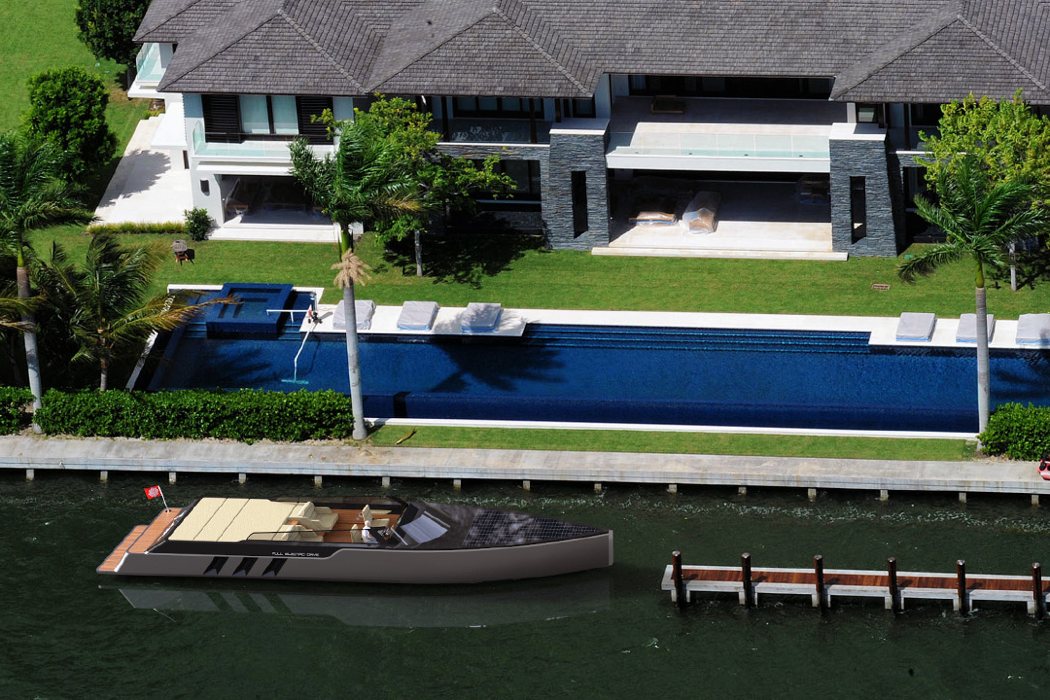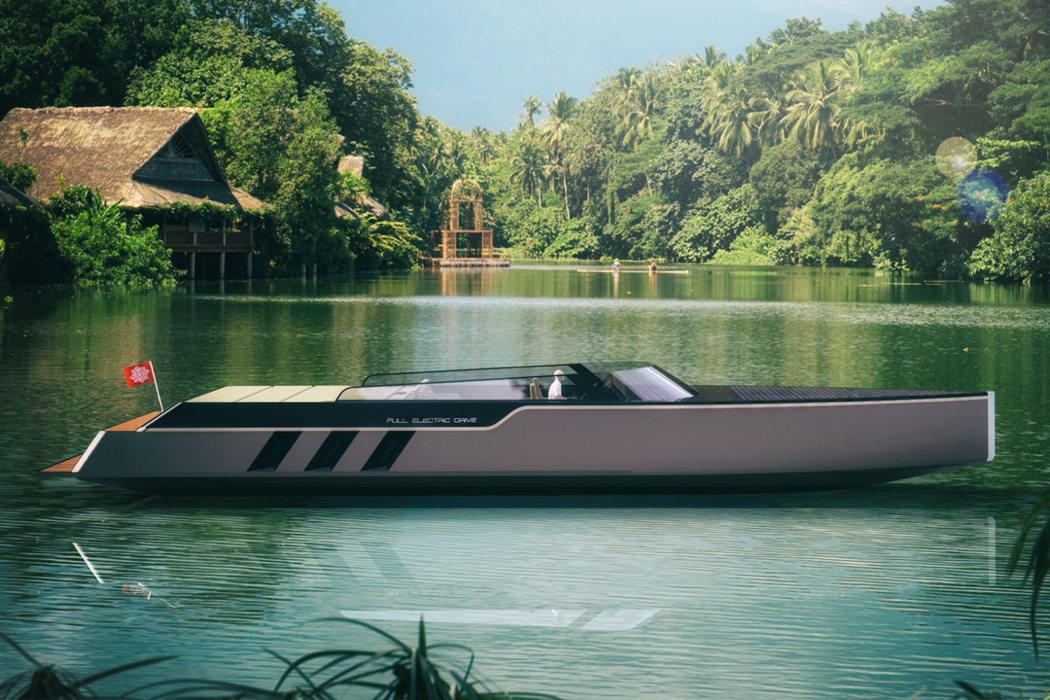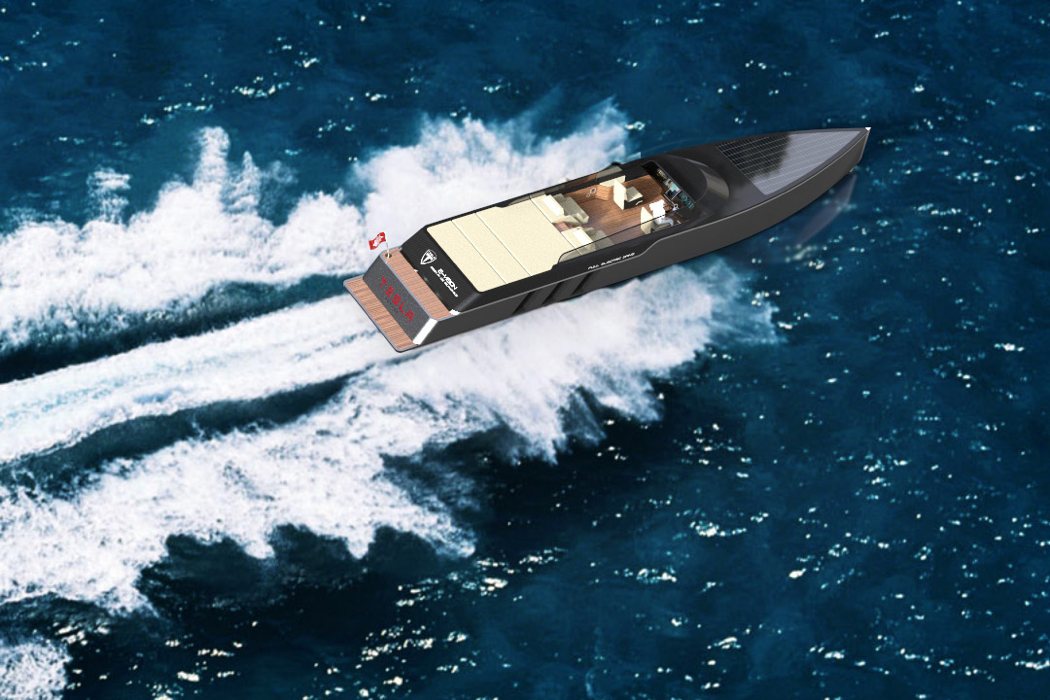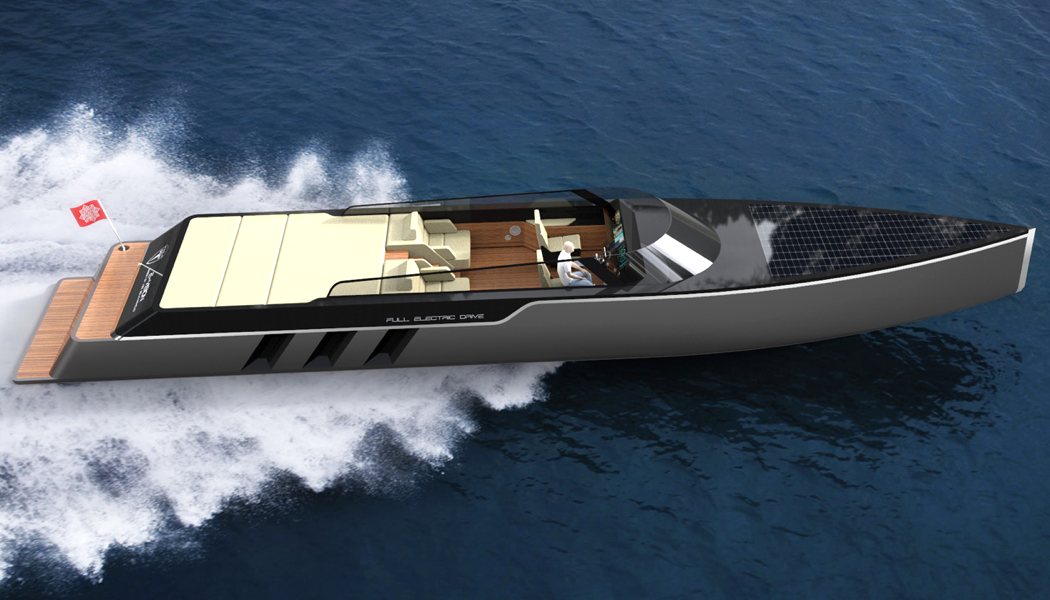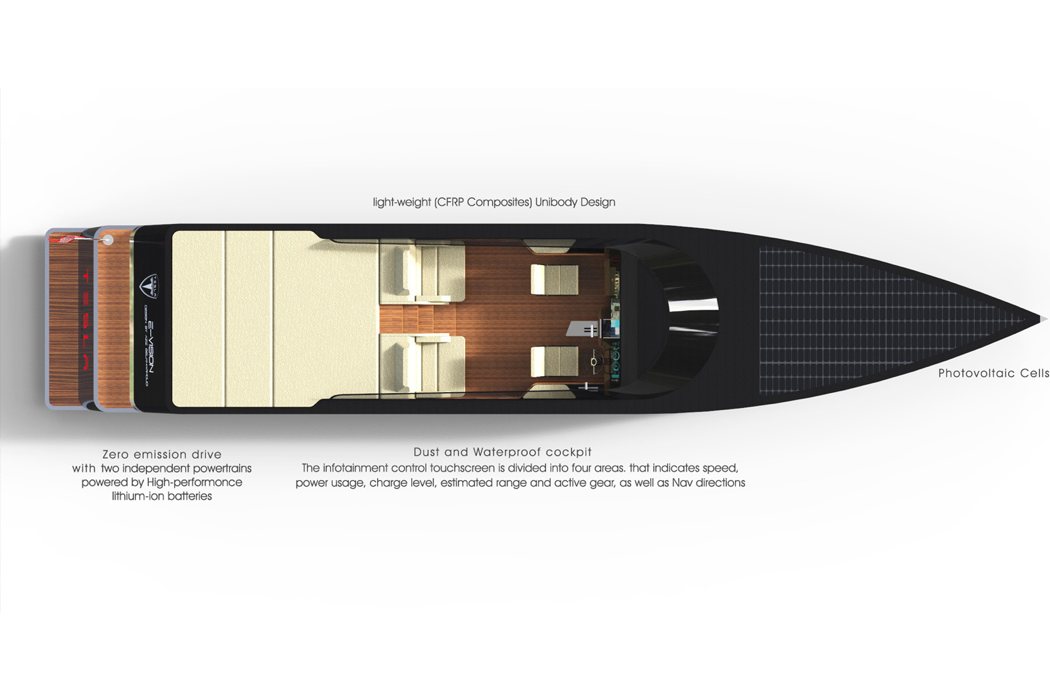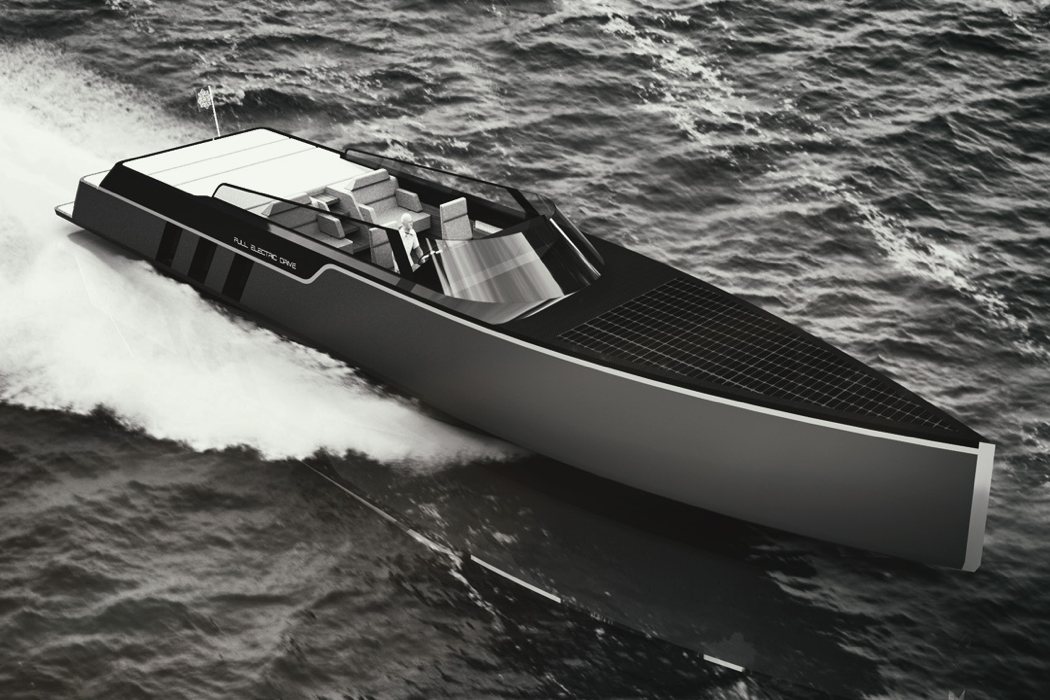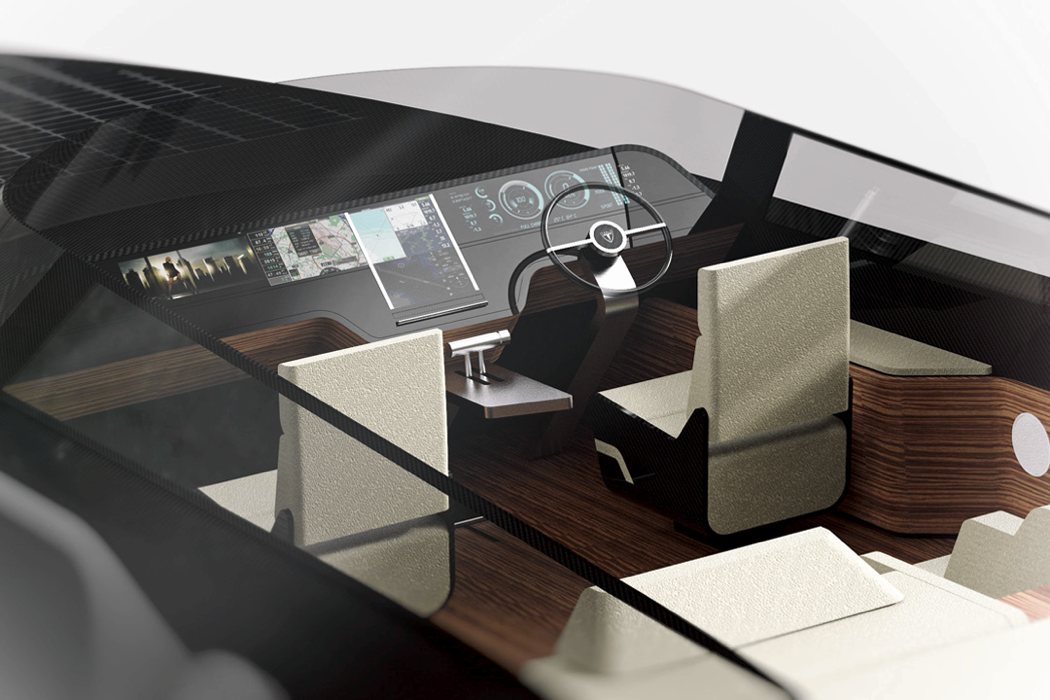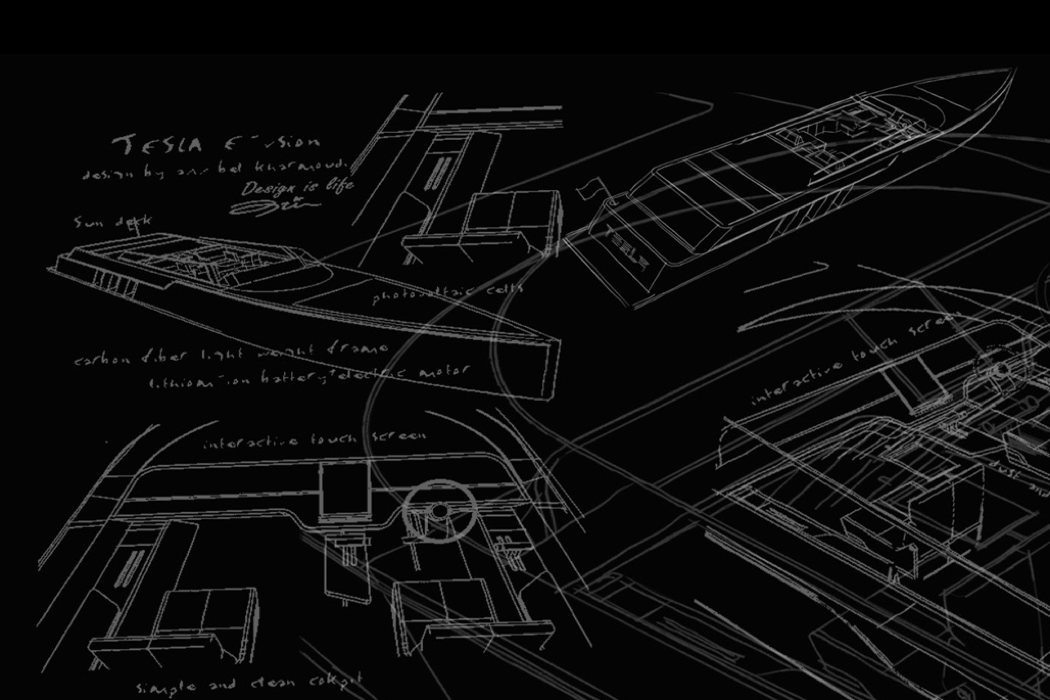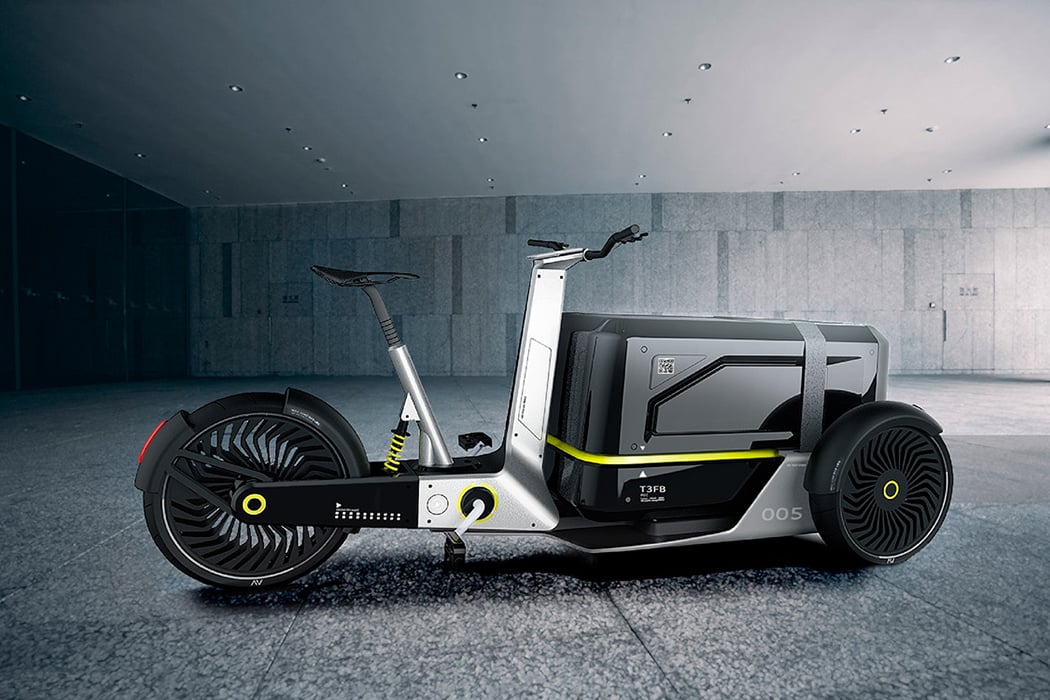
When you order a package online, it likely travels hundreds (maybe thousands) of miles to reach your doorstep. Until Tesla unveils a fleet of eco-friendly delivery trucks, designers should focus on smaller-scale solutions to reduce carbon emissions. For instance, you don’t need a gasoline-powered truck to drive through residential neighborhoods, stopping in-between each house. Instead of burning fossil fuels to travel those short distances, the POD electric-powered delivery vehicle offers an alternative solution.
The POD was designed for the final leg in a shipment’s journey. Its main draw is that it is easy to operate. It doesn’t require a license or insurance … in fact, it might be easier to ride than a standard two-wheel bike. (As someone who refused to take the training wheels off hers, I would confidently choose the POD’s three-wheel vehicle any day.) Additionally, the POD has placed its cargo hold in front of the bike’s pedals, a strategic choice to keep the packages secure during travel. The POD vehicle comes with its own cargo container, which clips into the flatbed. The container has two compartments: a shallow tray for long/thin items and a large rectangular box that stacks on top. The larger compartment also comes with removable dividers, allowing you to organize the items into five separate groups. According to Statista, Amazon was responsible for 45% of US eCommerce spending in 2019 – this number is sure to shoot up in 2020, with the COVID-19 pandemic shooing everyone from young to old into their homes. If a giant like Amazon decides to update their model of the ‘last mile delivery’ to this eco-friendly solution, the numbers should help you imagine the scale of the change this idea can make!
If the POD delivery vehicle enters mass-production, I could imagine it being adopted by a variety of companies: bike messengers, food-delivery drivers, postal service workers, and more. The product seems very easy to operate and inexpensive, allowing for easy integration into an existing business. These qualities, I think, set the POD apart from other clean-energy vehicles … and I would love to see this concept manifested into an actual product (or, at the very least, inspire other developers’ electric-powered designs).
Designer: Juan Jose Foc
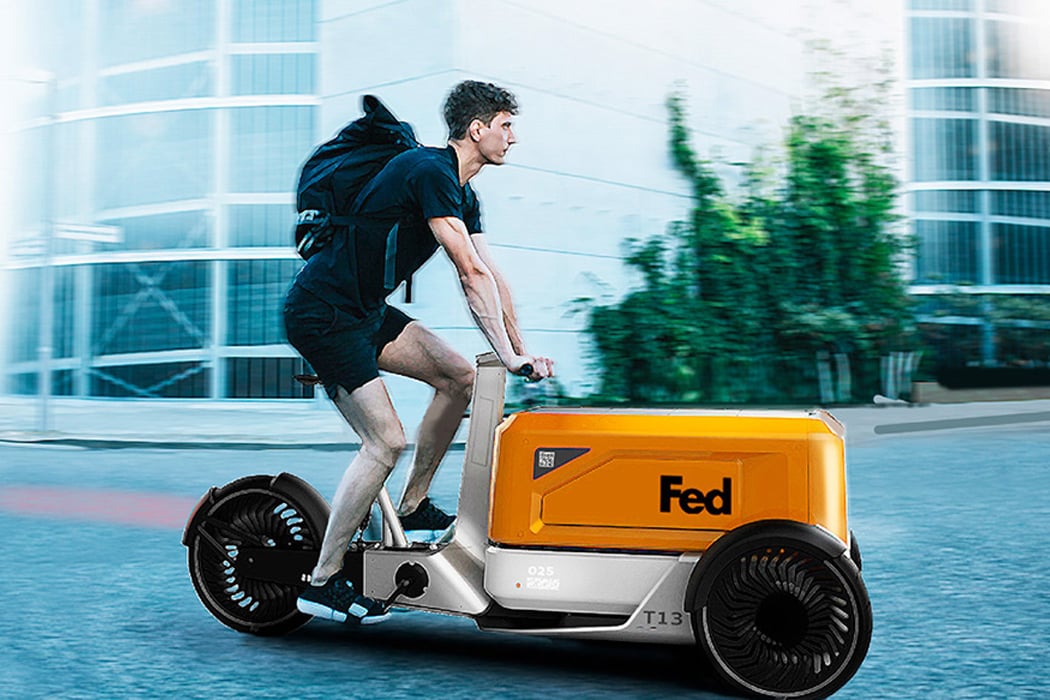
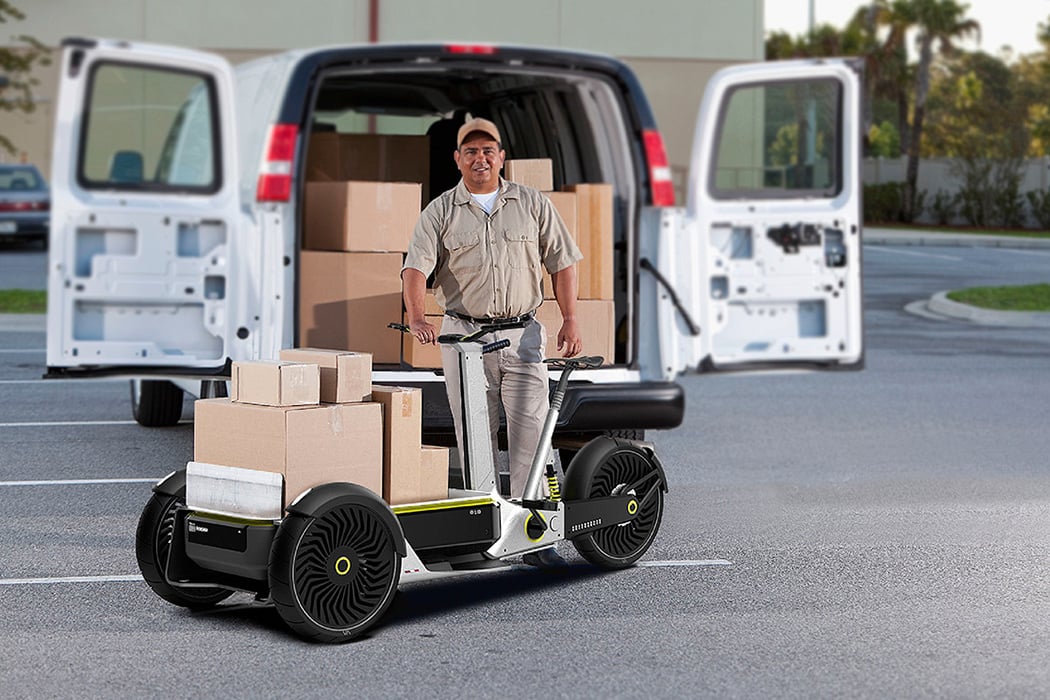
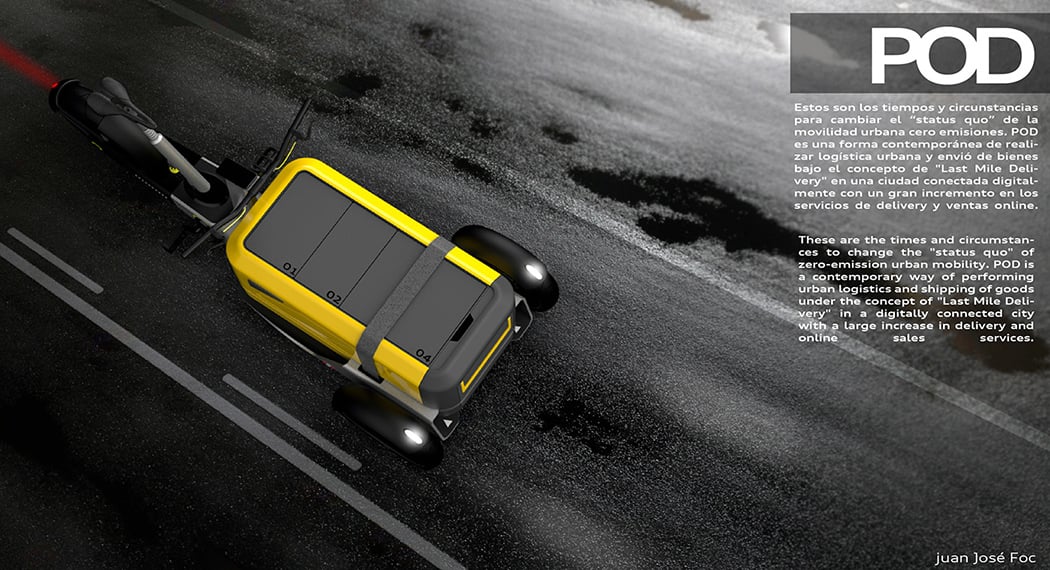
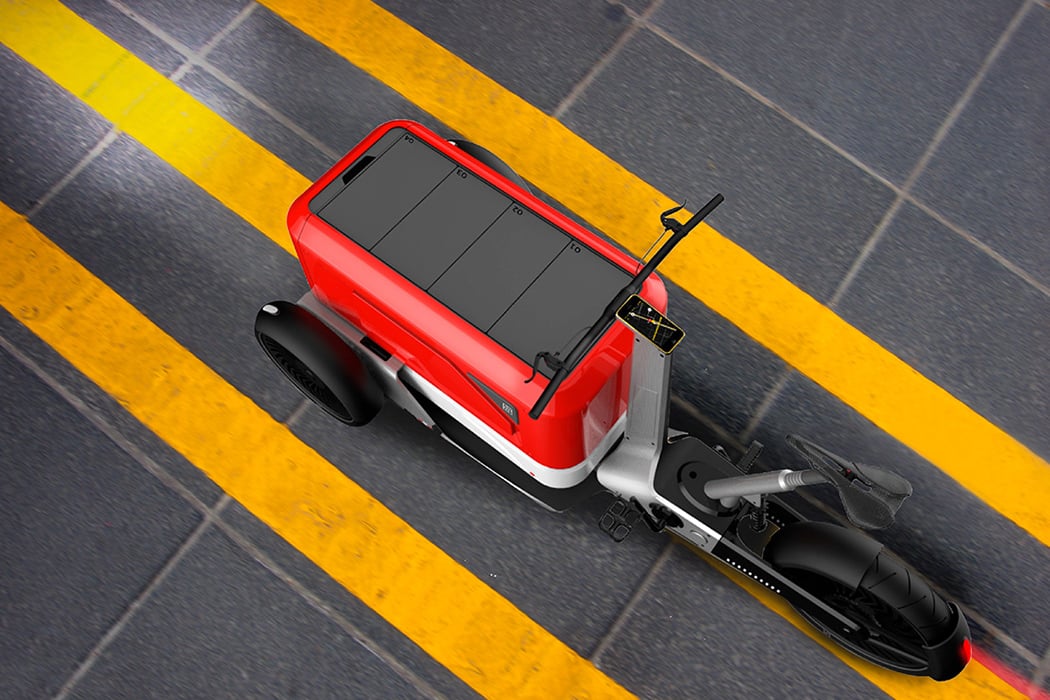
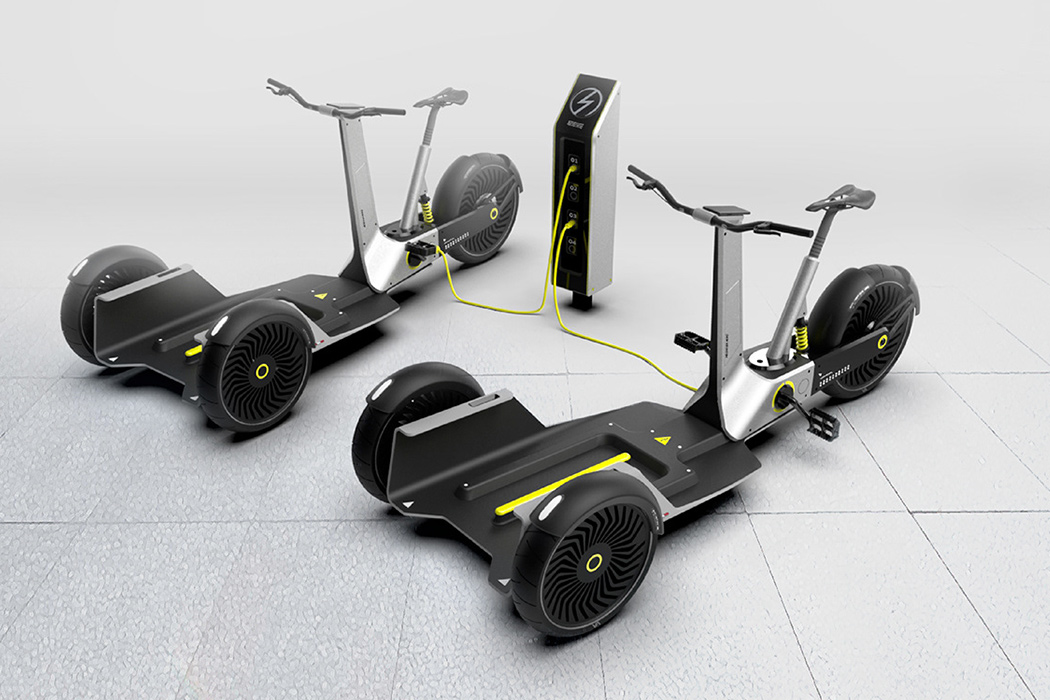
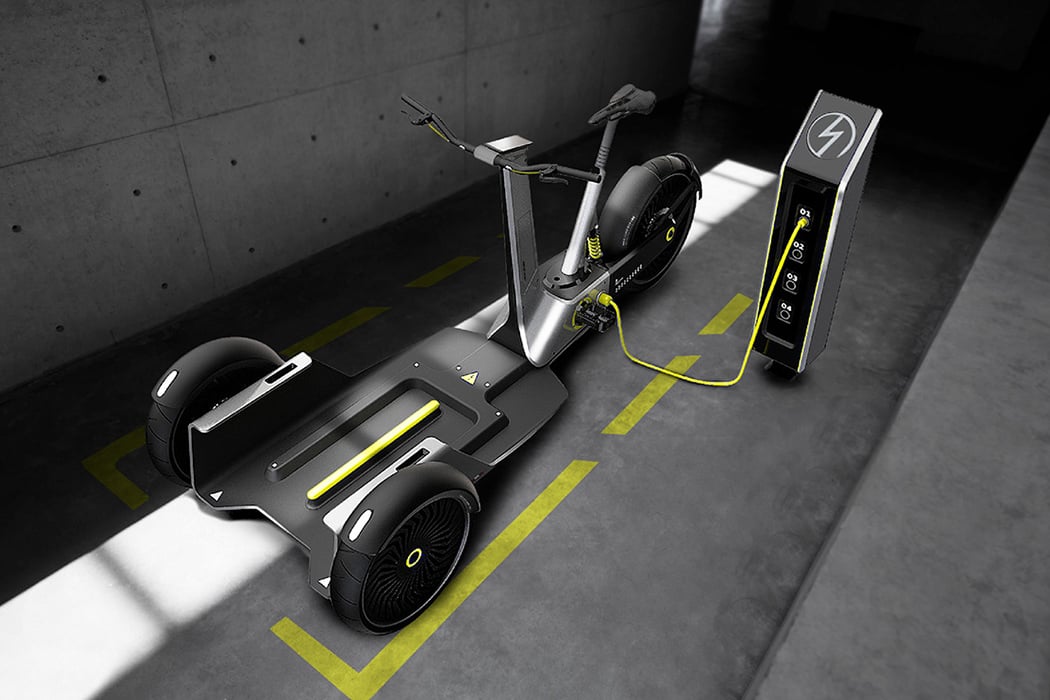
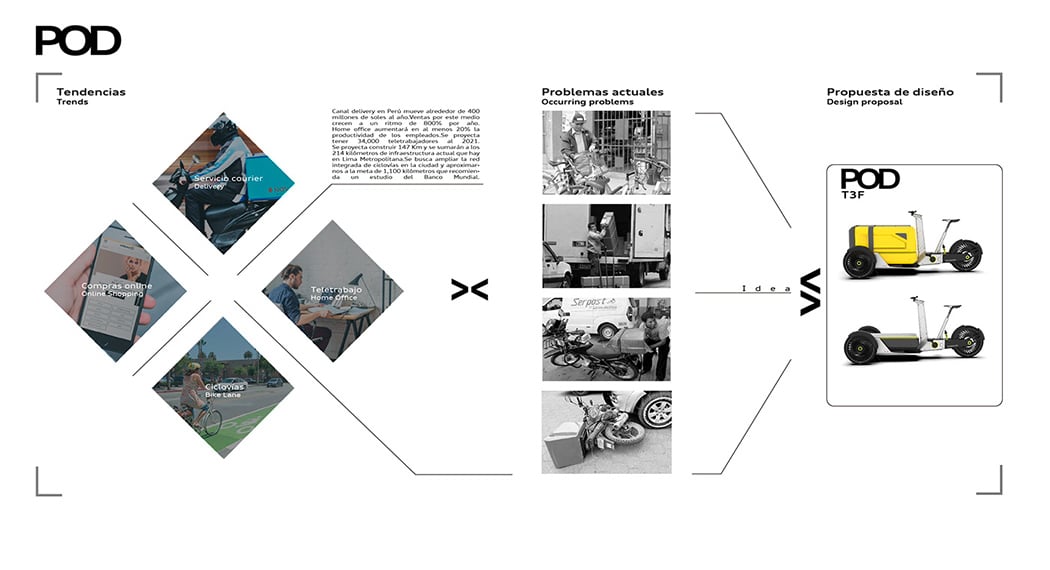
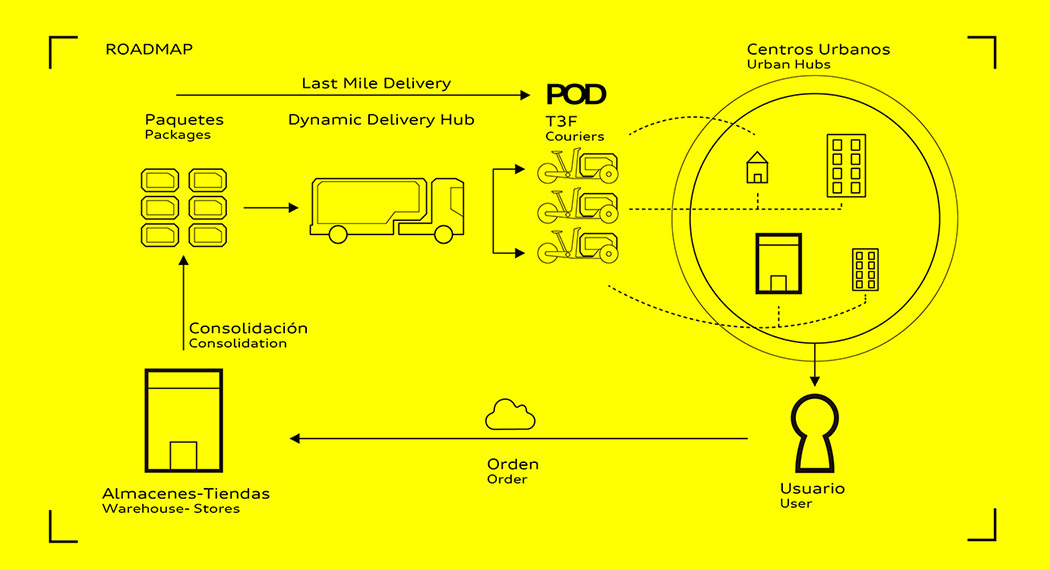
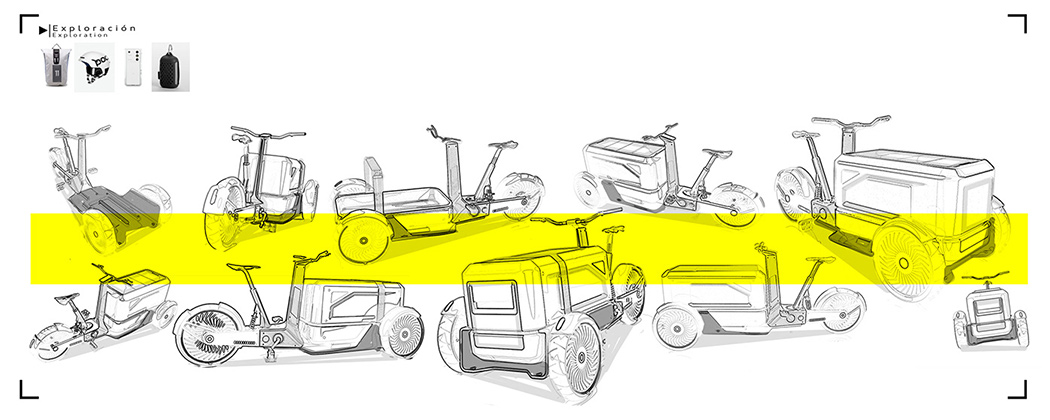
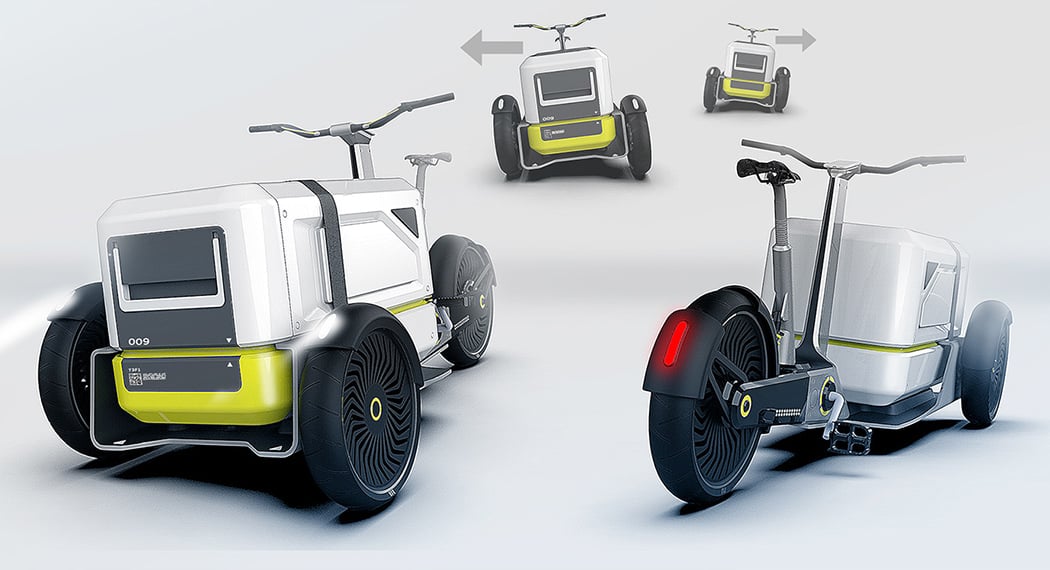
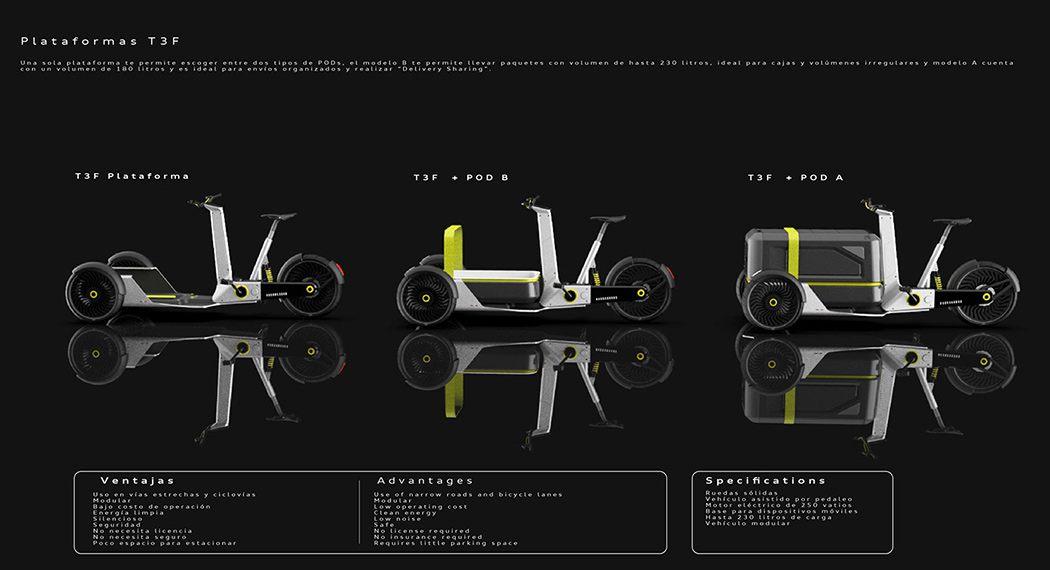
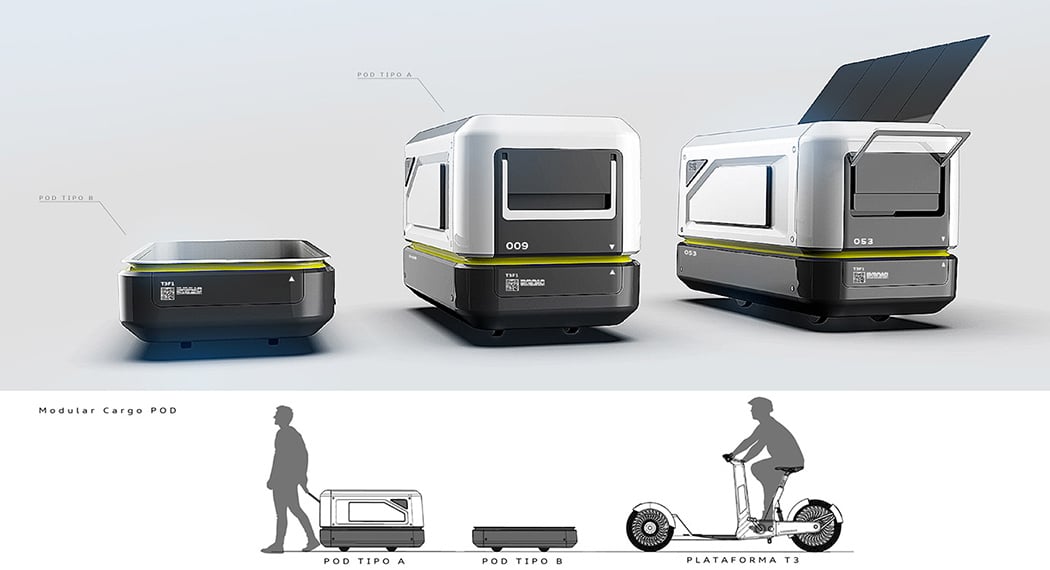
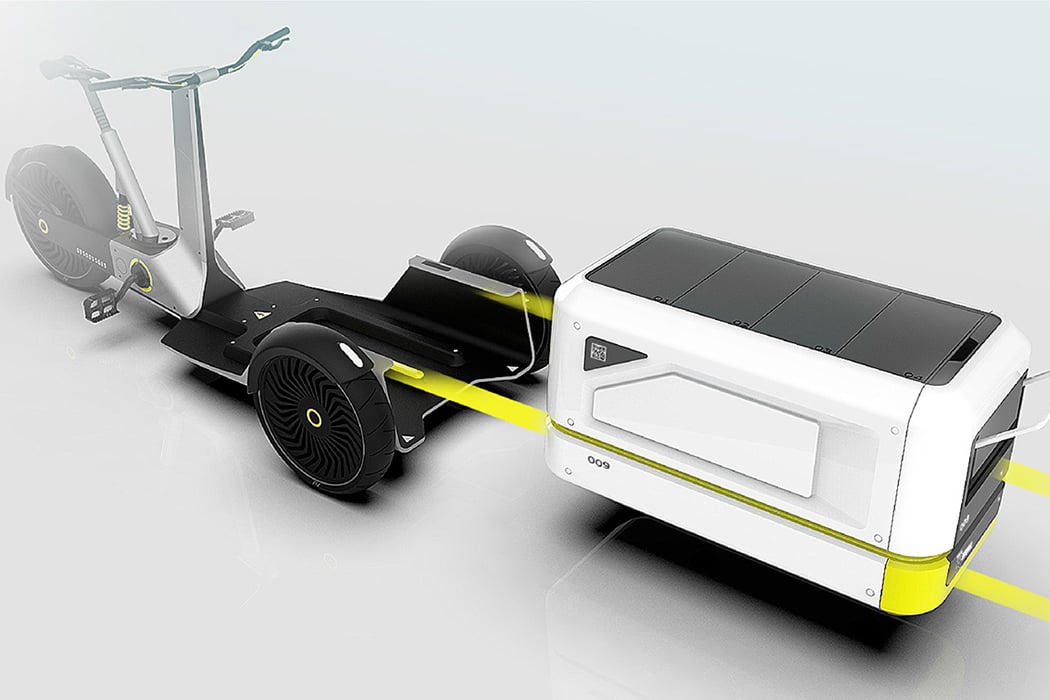
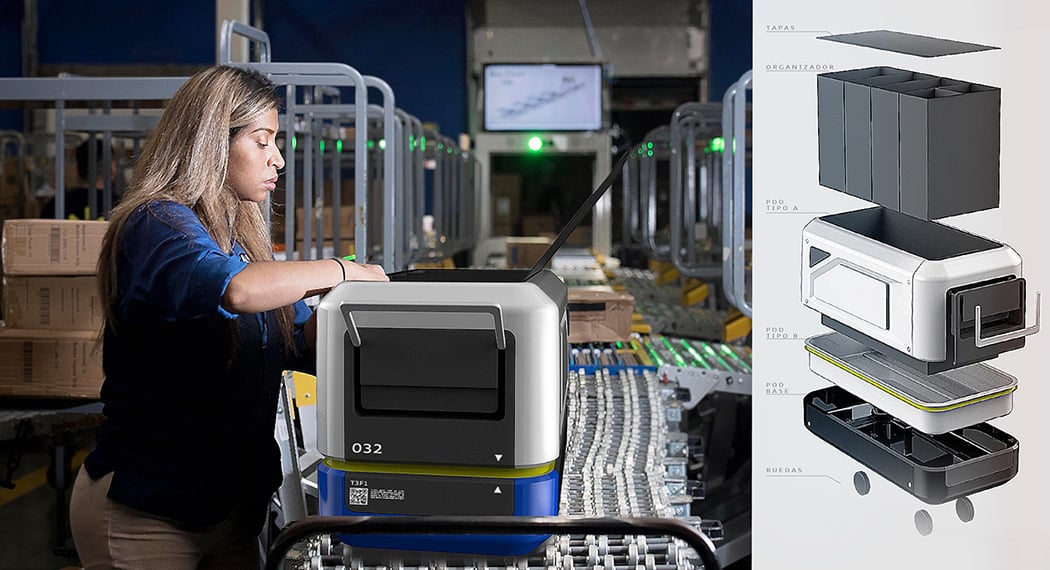
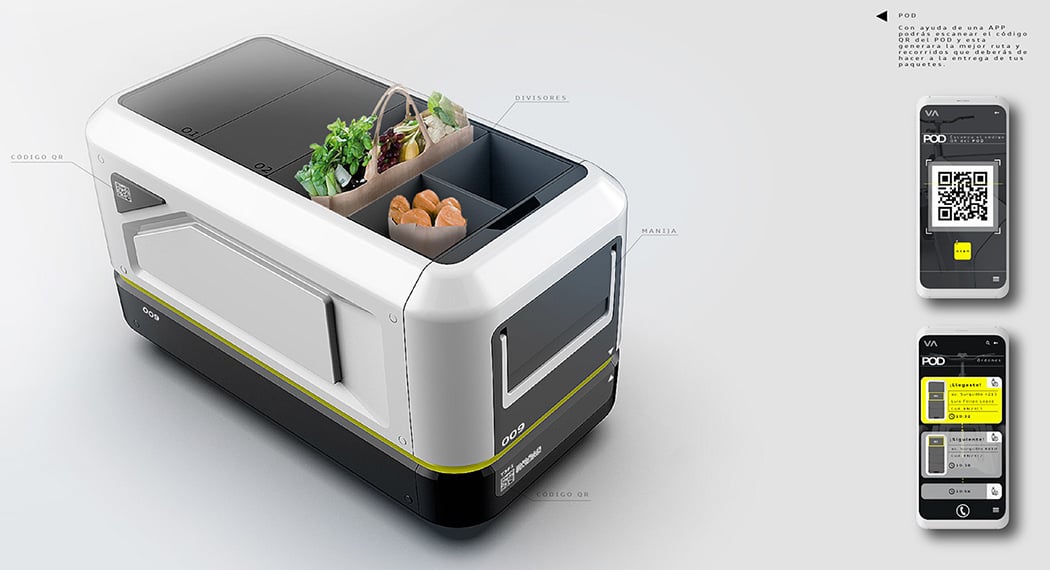
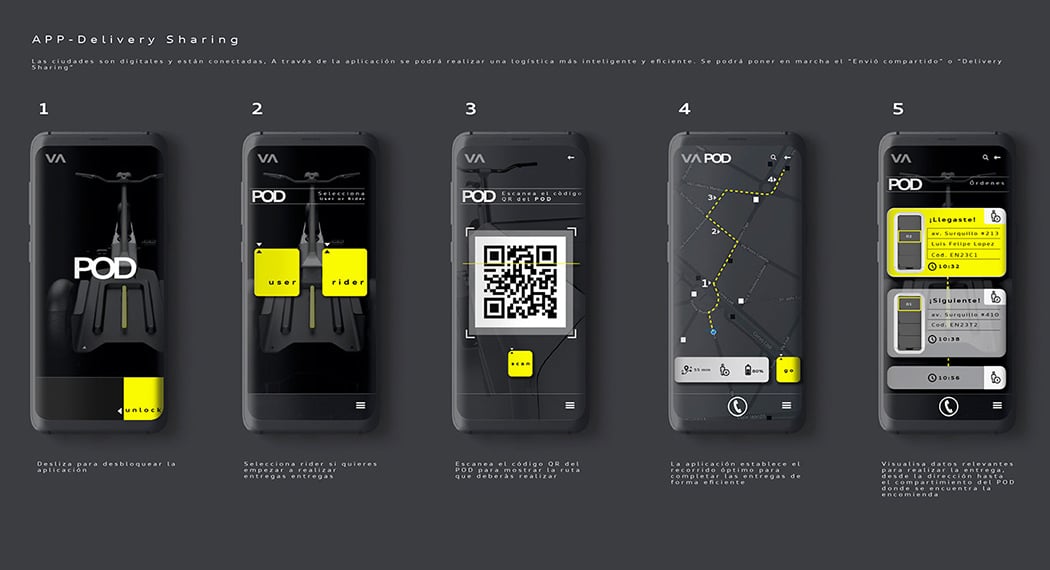
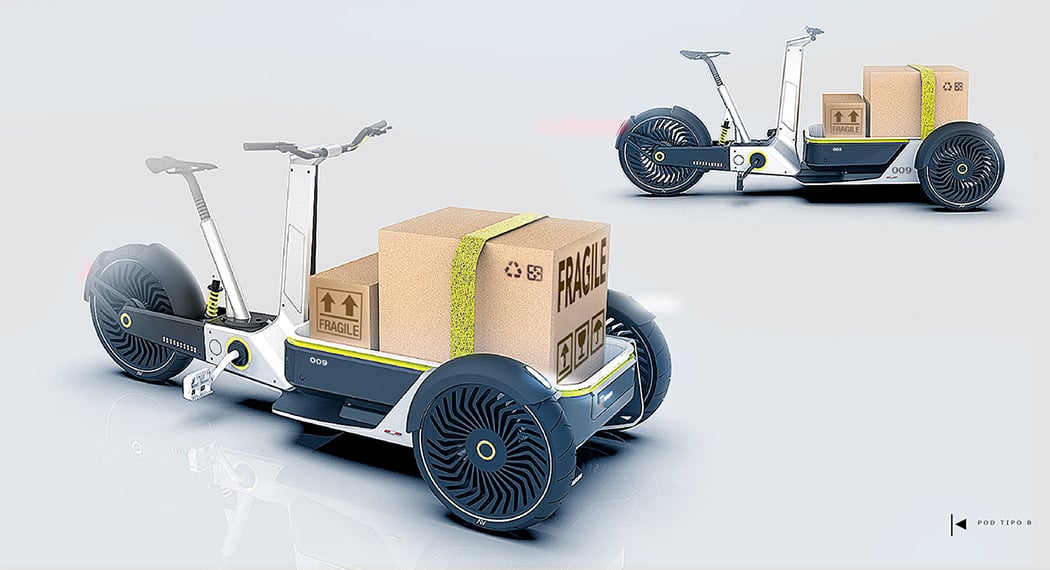





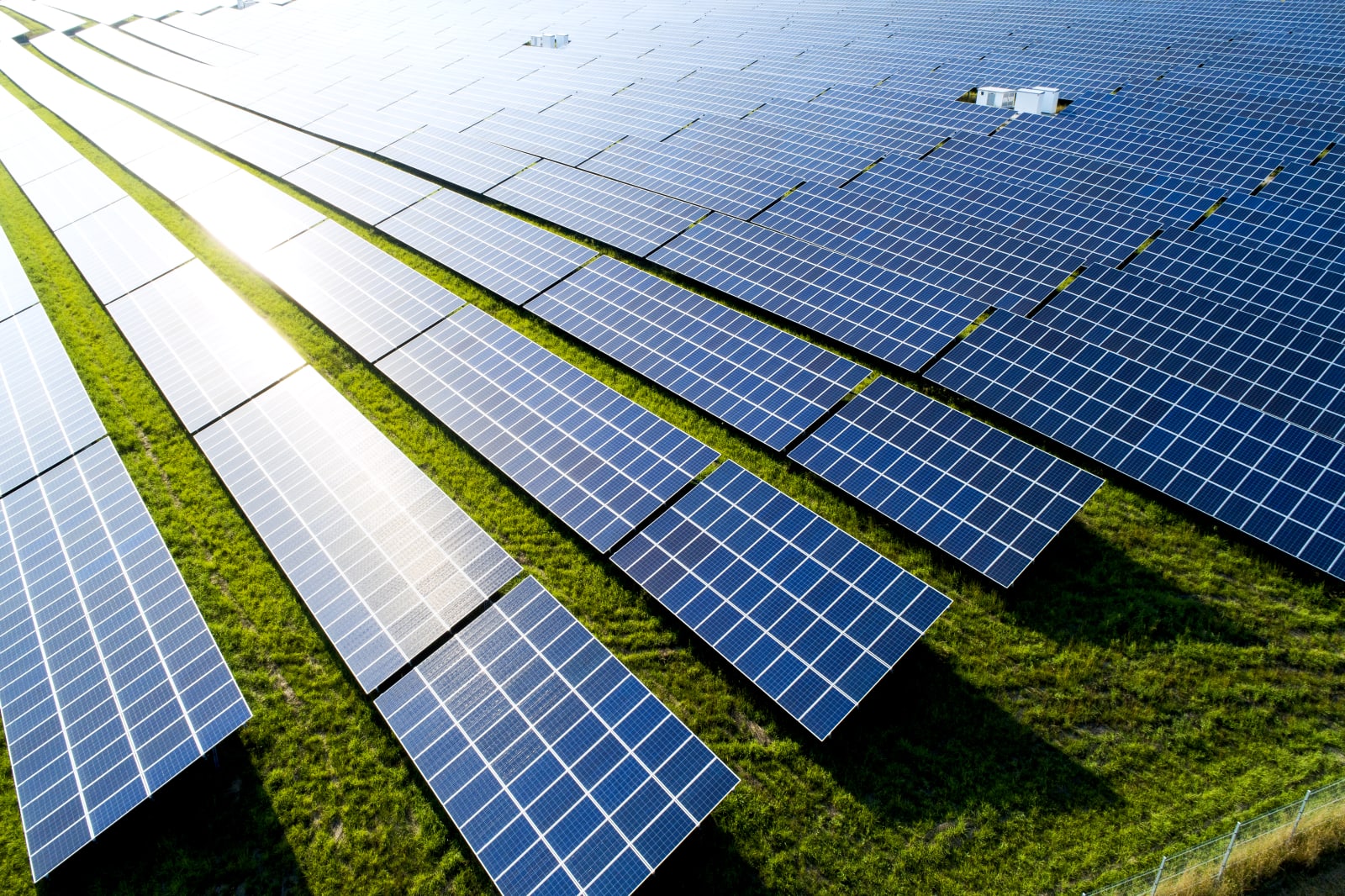 Months after Amazon shareholders turned down a plea by employees to do more about climate change, the company announced two new renewable energy projects. Today, Amazon shared plans for a wind farm in Ireland and a solar farm in Pittsylvania County,...
Months after Amazon shareholders turned down a plea by employees to do more about climate change, the company announced two new renewable energy projects. Today, Amazon shared plans for a wind farm in Ireland and a solar farm in Pittsylvania County,...
